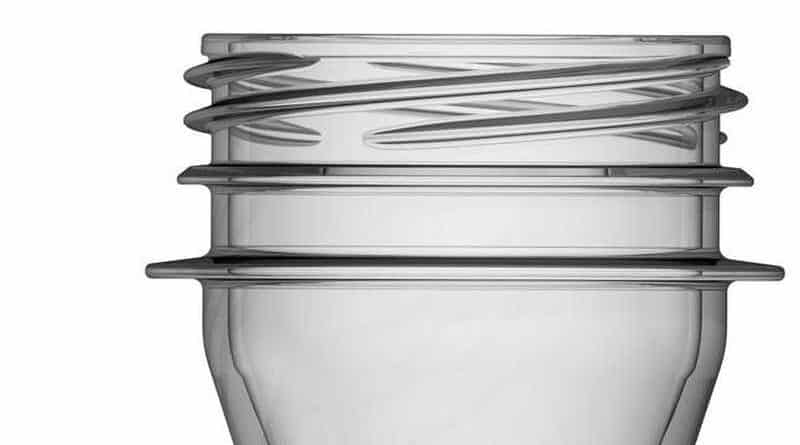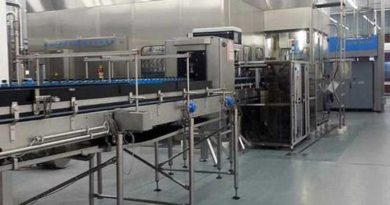Lightweighting of Bottle Neck Threads on PET Preforms
Saving of PET material by weight reduction in the preform.
Over the years, SIPA, an Italian supplier of machinery and equipment for the beverage industry, has made significant efforts to design and develop lightweight PET bottles that retain their performance and productivity.
Today, the entire packaging industry has come to a point where it is getting increasingly difficult to find elements of the PET preform and the bottle itself, where the material strengths can be further reduced. And it becomes increasingly difficult to remove even more weight and material from the bottle.
The reduction of material in PET bottles is not only desirable for reasons of environmental protection, but also has clear economic reasons in addition to ecological considerations. Because the material PET is quite expensive. Each gram of PET too much simply means a reduction in the margins attainable for a beverage producer.
Developing PET bottles that have less weight is difficult, but necessary
The XTREME compression technology from SIPA was the last step to reduce the material in PET, preforms, bottle bottoms and bottle bodies. Now only the neck is left, so the bottle mouth, where it is still possible to further reduce the weight of the bottle.
The neck of the preform is the area in which the thickness of the preform and the bottle is at it’s maximum. Therefore, based from a rough analysis it could be concluded that there is a good potential for a further weight reduction.
Possibilities for saving material already almost exhausted
But on a closer look we will soon discover that the situation is quite complicated. To design a light neck, a detailed inspection of product throughput across the entire process chain is required. The neck of the preform contains the bottle mouth with the thread to which the bottle’s closure is applied later in the process. This creates high forces, which the finished bottle must then also endure.
The design of a lighter neck therefore requires a holistic approach that takes account of the preform and bottle production as well as the handling, filling. And – last but not least – the processing of the bottle and the preform in the filling and packaging machines during the entire filling process. From blow molding to bottle making, labeling, packaging and palletizing. Everything must be considered and coordinated. Which results in a pretty complex task.
Aspects to be examined in the search for further weight reduction
Here are just a fraction of the elements that SIPA is evaluating in search for a lighter bottle weight when designing a new bottle neck:
• Consideration of the whole filling line and examination of the possibilities to change the configuration of the existing bottle.
• Reduction of necessary changes to already existing injection molds, in order to avoid modification.
• Neck features and material behavior when filling and sealing the bottle. Influence on stability.
• Possibilities of optimization through special treatments on the mold surface.
Of course, there are other points that need to be taken into account and that should be investigated. Once all these assessments have been made, it is time to conduct internal tests to validate the new neck.
Optimization of the bottle mouth for HEXALITE caps from Bericap
Here is a brief example of how this process has been successfully implemented: SIPA has adopted a proposal to improve the Bericap caps and thus developed a preform with a new Slim Neck for 26mm closures based on the Bericap HEXALITE series.
The new neck, which was recently developed, is incredibly lighter. There was a saving in material of 23% in the neck area of the preform compared to the original. Which in turn can lead to enormous cost savings for the bottlers.
Manufacturers and users of preforms with this new neck now have the possibility to reduce their PET material consumption without affecting the technological parameters of the bottle. In addition, no changes are required to the existing machines nor to any existing perforation manipulation devices.
Source: Sipa press release.





